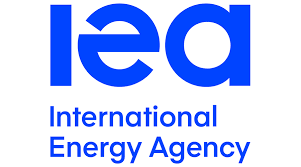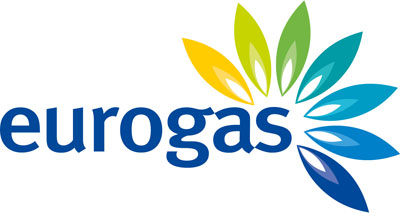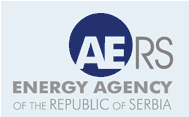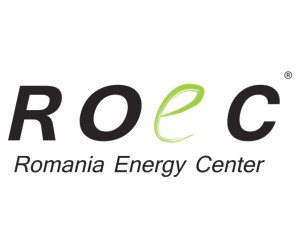Both OPEC and some non-OPEC countries must contend with differing oil production expectations for Iran and Venezuela when they meet in Vienna on Friday, said a lead analyst at the UK-based Wood Mackenzie research and consultancy institute on Wednesday.
Ann-Louise Hittle, vice president of macro oils, said that the exact impact of the newly restored U.S. secondary sanctions against Iran remained unknown, and Venezuela’s production outlook also remained uncertain.
The decision-makers will also have to consider external pressure for action from the U.S., Hittle added referring to U.S. President Donald Trump's recent announcement that oil production could be raised by at least 1 million barrels per day (b/d) to help address perceived crude losses in the market.
In addition, recent outages in Libya may also weigh on decision-makers' minds, she said.
Hittle noted that focusing on market fundamentals, Wood Mackenzie analyzed the impact of three possible options for OPEC and co-operating non-OPEC producers.
She said that based on their fundamentals forecast, which sees a 380,000 b/d decline in supply from Venezuela, and Iran's output slipping to 3.4 million b/d by the end of the year, OPEC could maintain its goal of stable oil prices and continue the current production cut agreement.
"In our base case outlook, the losses from Venezuela and Iran are somewhat offset by continued growth in the U.S. This view leads to a small implied stock draw in Q3 2018, followed by an inventory build in Q4 2018 which is expected to weaken prices heading into 2019 when we see an oversupply for the year," she added.
The second option, Hittle said, is a decision to boost production in the second half of the current year, if the consensus at the meetings turns out to be for a larger decline in Venezuela or Iran, or both, compared with Wood Mackenzie's base case.
"Our analysis shows a moderate production increase in OPEC and non-OPEC could be absorbed by the market, with prices averaging $71 per barrel Brent in 2018 versus our base case of $74/b."
"This analysis assumes OPEC agrees to increase its output by 0.5 million b/d, and Russia by 0.1 million b/d in H2 2018," she underlined.
Hittle also explained the possible implications of a third option, which would see OPEC increase output by a more dramatic 1 million b/d, adding a further 0.3 million b/d from Russia to bring the total gain closer to 1.5 million b/d.
"Saudi Arabia could do this with Russia to weaken oil prices significantly – leading to a reduction in gasoline prices in the U.S., and providing support to President Trump," she said.
Such a decision, if implemented, would have a large impact on the supply-and-demand fundamentals by creating implied stock builds averaging 0.9 million b/d in the second half of 2018, and 1.8 million b/d in 2019, according to Hittle.
"If OPEC and Russia were to agree on a production increase, we think it would likely be a moderate one, which would avoid a sharp downward price adjustment, yet provide a response to U.S. pressure for more supply," she said.
"This is akin to Option 2, which is more likely to gain wider OPEC ministerial support than the larger increase mooted in Option 3."
(ANADOLU AGENCY, 20/ 06/2018)




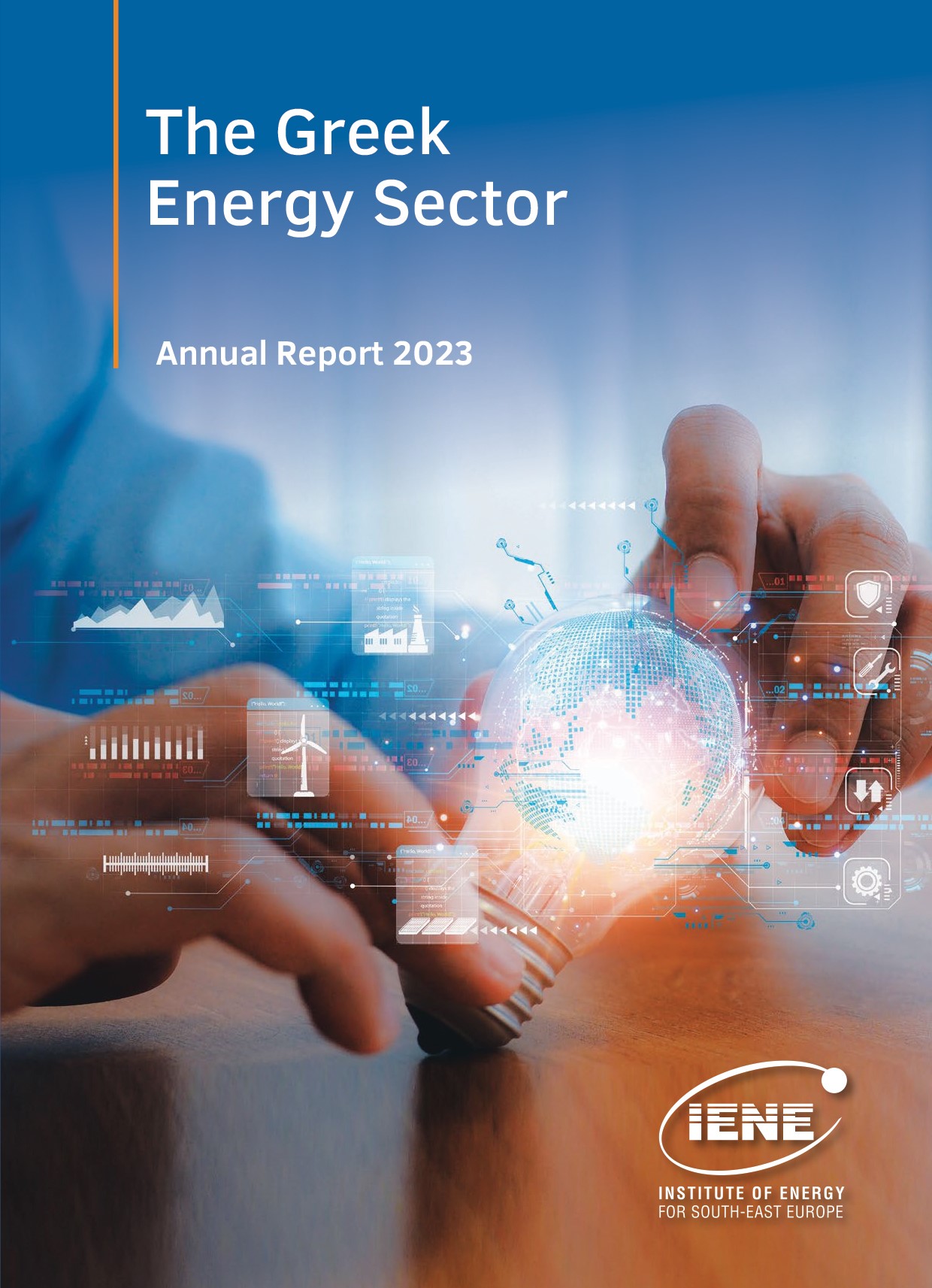

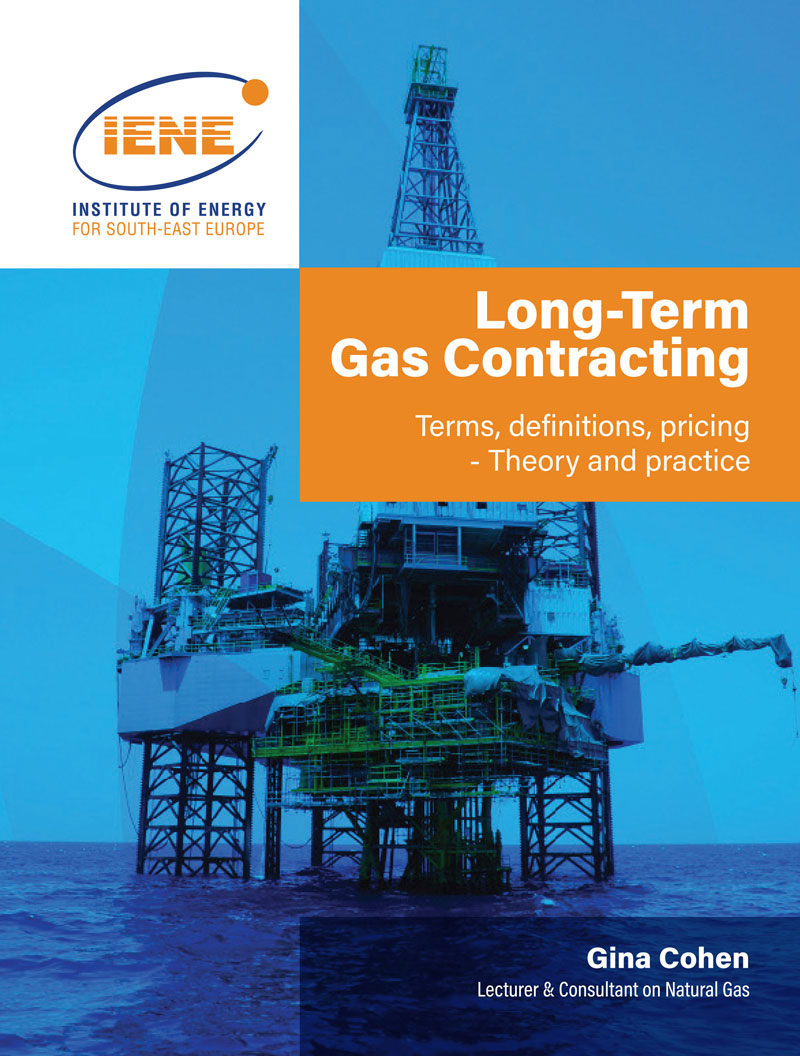 More
More
